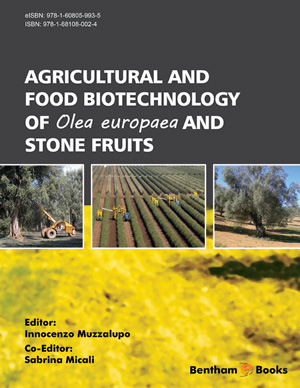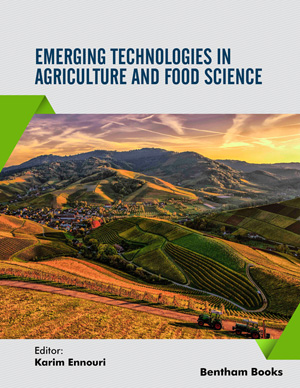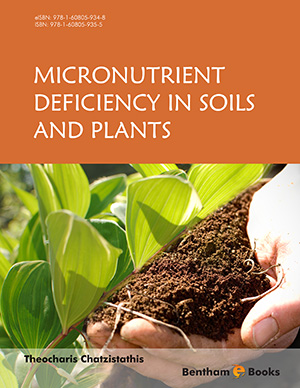Abstract
Inland saline aquaculture in salt-affected areas presents an opportunity for income modification and a potentially productive use of land that cannot support traditional agriculture production and the investment levels are characteristically low. Such systems need to be developed in a manner that both prevents further degradation of agricultural land and provide opportunities for an alternative and sustained economic growth of rural communities. Most central areas of Iran are at high risk of salinization through surface water. Using saline groundwater for aquaculture production is a potential adaptive use of these otherwise degraded resources. Expansion of aquaculture in these areas is limited by some factors such as shortage of suitable sites and strict environmental regulations. These limitations, with an abundance of salt-affected land and water resources, have led to the logical progression of investigating the suitability of these resources for aquaculture. Rainbow trout, which could well adapt to rapid changes in salinity, has been promoted as a potential candidate for aquaculture in these areas. Through using suitable production systems well-set to climate conditions, trout desert farming using brackish water could be a profitable method to develop inland aquaculture in Iran.
Keywords: Aquaculture, Earth pond, Inland saline water, Rainbow trout, Underground brackish water.














